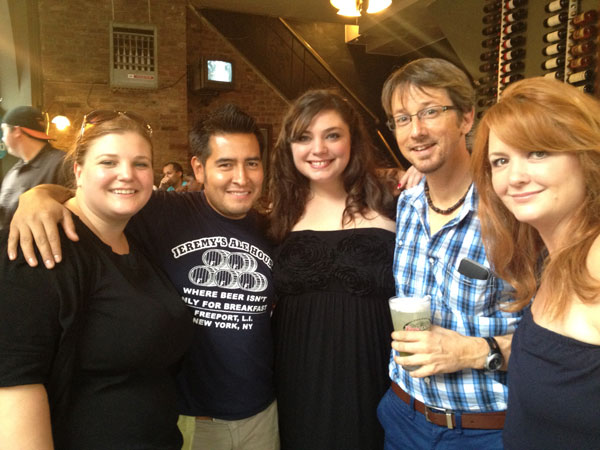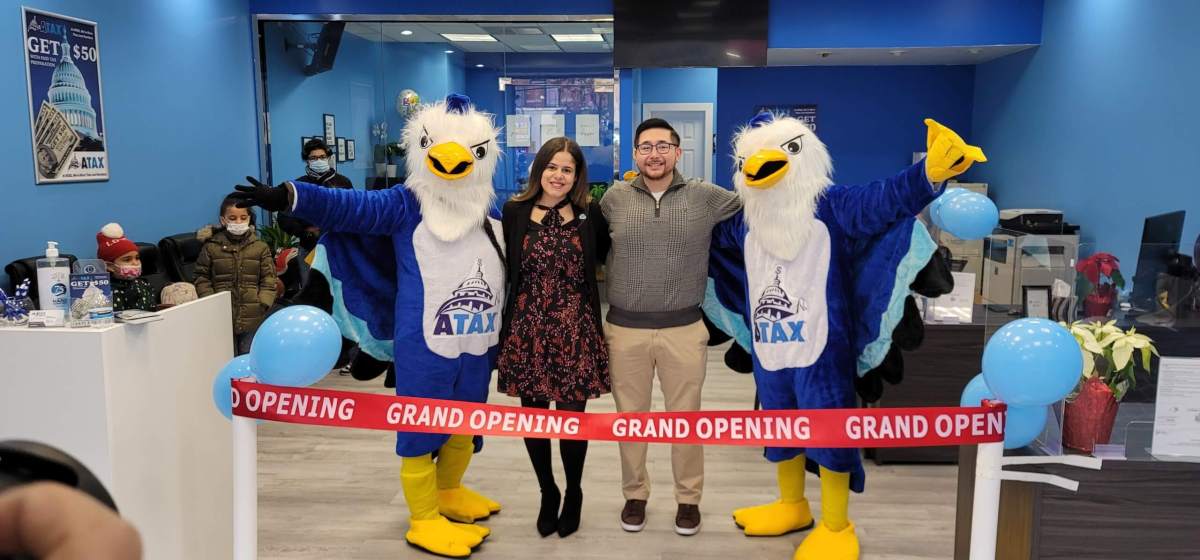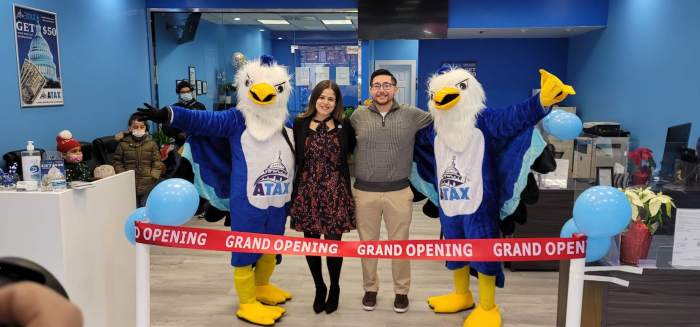
The buildings, nicknamed “dogbone” buildings because of their shape, housed military families up until 1996, and have been out of use since. They have also been off-limits to the public, deemed unsafe to enter and are classified as non-historic buildings. The island’s northern historic district, which visitors use today, will remain intact.
In the absence of these buildings, a clear, 360-degree view of New York Harbor and Lower Manhattan will be opened up, just one step in the endeavor to overhaul a good part of the island and turn it into “green” space.
Back in May, Mayor Michael Bloomberg and other elected officials broke ground on Phase One of the project, a 30-acre renovation that will change the entire topography of the island. The first phase includes the addition of Hammock Grove; ten acres of park that will feature shaded areas and hammocks; Liggett Terrace, a six-acre plaza with water features and public art; and the Play Lawn, 14 acres of park equipped with two ball fields. Also in the works are plans for bird habitats and an open plaza called Liberty Terrace, which will provide views of the Statue of Liberty.
The Bloomberg administration has invested a total of $250 million in the island’s revitalization, according to Elizabeth Rapuano, a spokesperson for the Trust for Governors Island, the organization tasked with redevelopment, operations and planning.
All of this work is part of the island’s Park and Public Space Master Plan, devised by urban design and landscape architecture firm West 8, winners of the Trust for Governors Island’s 2006 design competition. The Trust’s plan to create a dramatic vertical landscape for 87 of the island’s 150 acres will also include a new 40-acre park on the southern end and a new 2.2-mile Great Promenade around its perimeter. The re-shaping of the landscape will also integrate the abandoned southern part of the island.
West 8 did a considerable amount of public outreach in the process — soliciting opinions from community meetings, recreational, cultural and civic groups, conducting surveys and collecting nearly 2,000 Post-it suggestions as part of a 2008 exhibit on the island.
Beautification aside, there are also practical reasons for the topographical rearrangement. “Because the island is a low-lying area near sea level, we wouldn’t want it to be flooded in a ‘hundred-year flood’ scenario, killing the 1,500 trees that will be there,” said Rapuano.
As part of its Sustainable Initiative, the concrete and brick from the demolished buildings will be used as filler for current and future phases of park construction. Additionally, 25 acres of paved parking lots, roadways and buildings will be transformed into green space.
“Visitors from Lower Manhattan tell us that coming here is like going on vacation via free ferry ride,” said Trust president Leslie Koch. “We encourage people to come see the changes taking place for themselves and watch [the island’s] progress.”
Those who visit the park before the end of the month, when it closes, can still access 2.2 miles of road along Picnic Point and the historic district. Still on display is the Mark di Suvero art show, the Fifth Annual Sculptors Guild Exhibition, and the International Center for Photography’s Occupy! exhibition on the first-year anniversary of Occupy Wall Street.
The Children’s Museum of the Arts, the Earth Matter Compost Learning Center, the mini-golf course and Castle Williams are still operational, and all remaining scheduled events will take place as planned.
Throughout the year, the island stays open for the 400 students of its Urban Assembly New York Harbor High School and for artists who work in the island’s studios.
Koch said that she hopes the island will eventually open up year-round to the public. “We expect to see a rich array of year-round activities and new buildings over time,” said Koch. “It’s like Lower Manhattan is gaining 150 acres!”

















